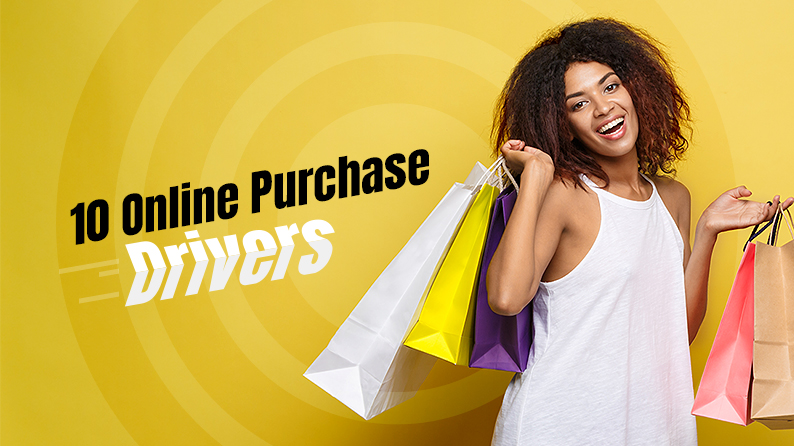Launching an ecommerce website nowadays is fairly simple; thanks to the technology! But on the other hand, making profits from your online venture is not that simple. Running an ecommerce website successfully requires incorporating various consumer-centric features & devising an effective marketing strategy.
Most customers want a simple & smooth shopping experience. And only by building an ecommerce website that perfectly aligns with customersÔÇÖ needs can you achieve success. Below, we have gathered some of the key ecommerce ingredients that ensure customers a good shopping experience, and assure store owners success. LetÔÇÖs find out what they are:
1. Free and Quick Delivery
Shopping has shifted from physical stores to e-commerce websites, which makes one thing clear that customers prefer a convenient shopping experience. However, not all customers are ready to trade it with extra expenditure on delivery. So, offering free shipping automatically earns you customersÔÇÖ loyalty. But if providing free shipping on all orders doesnÔÇÖt seem like a feasible option, you can offer it only on orders whose value crosses a minimum threshold amount. In the age of same-hour, same-day deliveries, customers tend to be a bit impatient. When they see a 2/3-week long delivery frame, they simply switch to another website. So, as an ecommerce store, it is imperative that you build a delivery network, quick & efficient to gain more & more orders. Fact: When the shipping cost is too high 28 percent of shoppers abandon their shopping cart while shoppers spend 30 percent more per order when delivery is free.2. Discount Coupons
Discounts and coupon codes can drive a lot of sales for an ecommerce website. Discounts not only encourage customers to choose your store over competitors, but also engage loads of impulsive buyers who buy things they donÔÇÖt particularly need just because they are on sales. This in effect, also increases the average order value of your online store. Fact: More than 70% US internet users claim discount have the biggest effect on purchase decision during holidays.3. Quick & Easy Checkout
The checkout page is one of the most important pages on an e-commerce website ÔÇô and this is where delivering a rich user experience matters the most. Naturally, when a customer selects a particular product, he wants the process of buying it to be quick and easy. Nobody wants to fill those long forms & wait during those long page loading seconds. Therefore, checkout should be swift & with minimum inputs from customersÔÇÖ end. Offering guest checkout is another proven way to boost sales. Fact: Around 68% of all e-commerce visitors abandon their shopping cart at some point in time but 63% of this is recoverable only by optimizing the checkout process. Recommended Read: Improve Conversion by Perfecting the Checkout Process of Your Ecommerce Store4. Easy Navigation & Product Search
Physical or online store, no customer wants to get lost as soon she enters/lands on it. Quite often, ecommerce storeÔÇÖs homepage is flooded with lots of product categories & products on display ÔÇô overdoing it can confuse the customer. Your store should have an intuitively placed navigation for product categories. Also, the search tool should be robust enough to help customers reach the desired product quickly. Besides that, on product & category pages there should be some product recommendations, which can help you in making some extra money. Fact: As much as 60% customers wonÔÇÖt return to your store if theyÔÇÖve had a bad experience on your website. Related Read: How dynamic product recommendation can help in increasing sales5. Implement Smart Pricing
Product pricing can be used as a conversion rate optimizer if you plan it strategically. While discounts are a sure-shot in that regard, there are various psychological pricing tactics that can also aid you in bringing up the sales number. Here are a few of them:- Use charm pricing such as a little less value than round value ÔÇô Ex: use $19.99 rather than $20
- Use smaller font to display product price, so that customersÔÇÖ focus is more on product rather than price
- When offering discounts, visually display the discounted values



